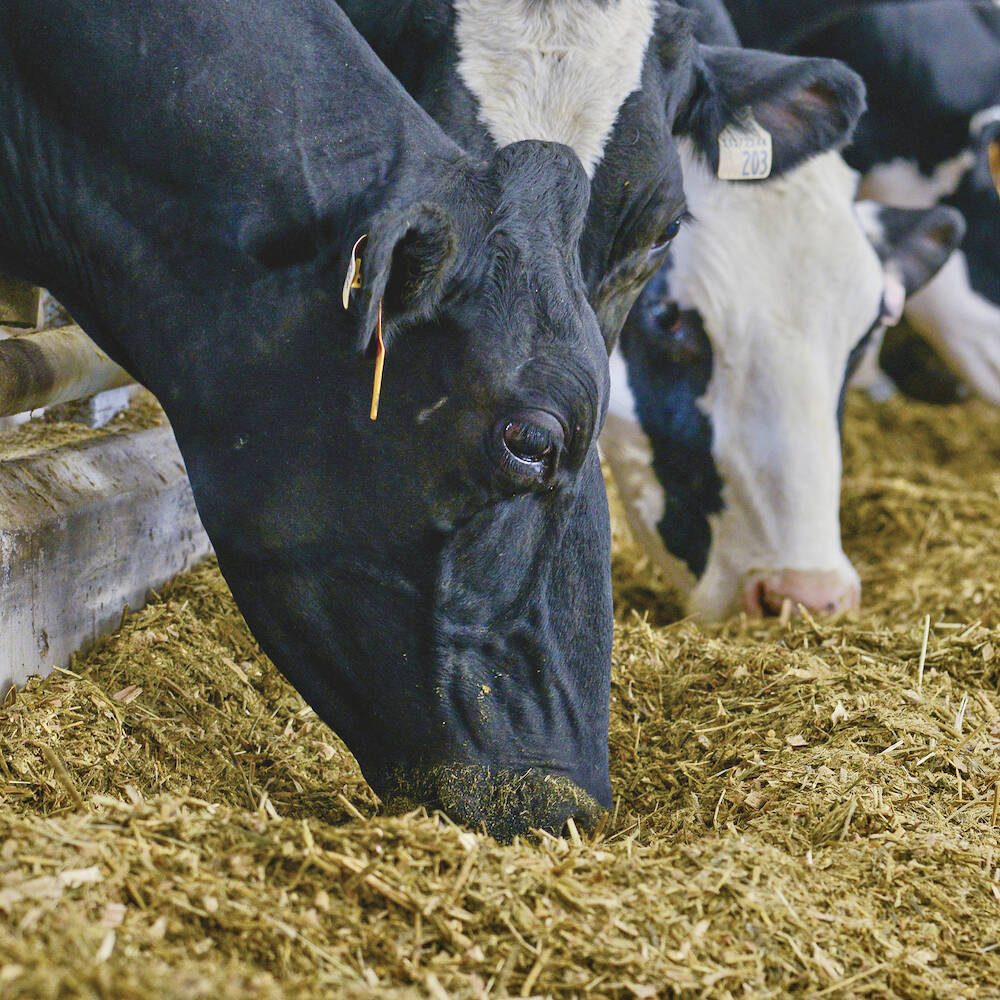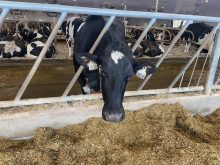Carcass condemnation resulting from sheep measles infections are rising in Ontario.
“We (talked) about this about 12 years ago when there was a problem, then it went away,” said Andrew Peregrine, veterinarian and clinical parasitologist at the Ontario Veterinary College, University of Guelph.
“It’s clearly coming back now, whether that’s Ontario infections or because we’re importing infections from elsewhere in Canada.”
Read Also

Byproducts with benefits for dairy cows
Local food processors can be a source of financially advantageous byproducts for dairy cows, but make sure the ration is properly balanced.
Why it matters: Carcass condemnations cause economic losses for sheep farmers.
Sheep measle-related carcass condemnation has increased four-fold in the last six years, with peaks occurring in March and April, based on information provided by provincial slaughterhouses from January 2019 to July 2024.
Sheep measles result from a tapeworm parasite, Taenia ovis, that is carried by dogs but infects sheep. It’s harmless to dogs, who can shed larvae and cysts into the environment. Once ingested by sheep, cysts infect the muscle tissue, resulting in condemnation at slaughter.
Peregrine’s research focuses on sustainable parasite control in sheep and emerging parasite infections in humans and animals. Sheep measles are not a threat to people but dogs and wild canids can acquire the tapeworm cysts in live or dead sheep muscle tissue or fresh offal, he said.
Those at the Ontario Sheep Farmers’ recent convention were told that preventive measures like biosecurity, treating dogs and avoiding scavenging are critical to control sheep measles.
“If you home slaughter, don’t allow dogs or wild canids access to meat and offal,” advised Peregrine, unless the material is heated to 72 C or frozen at a minimum of -10 C for 10 days to kill the parasite.
Dogs and wild canids carry intestinal tapeworms without clinical signs. They can shed segments and upwards of 250,000 eggs a day, infecting pasture, hay, bedding or water ingested by sheep or goats.
“The vast majority of infections on farms occur from domestic dogs and not wild canids because very little pooping by wild canids occurs on pasture or feed for sheep,” he said.
Ontario initially attributed the previous spike to animals imported from Western Canada. However, a decade-old national study showed dogs that scavenged deadstock were four times more likely to carry the parasite, and those on farms with no deadstock disposal were 12 times more likely.
Routine treatment of dogs with Praziquantel or Epsiprantel products every four to six weeks, followed by several indoor days to limit potential livestock contamination, is effective and should be standard protocol before introducing new canines to the farm.
Peregrine said other more affordable and effective products are available but those two also control Taenia hydatigena and Echinococcus granulosus parasites, which cause condemnation of the liver and lungs.
“(Tapeworm) eggs can remain in the environment for three to five months,” he said. “(Once ingested), they are immediately infective.”
Eggs enter the intestinal tract and, within two weeks, burrow through the gut wall and spread via circulation to muscle tissue. There, cysts develop that are filled with immature tapeworms within two to three months.
After a year, they die and degenerate, forming an abscess, Peregrine said. Removal of cysts in moderate to light carcass infestations containing a small number of viable or dead cysts is standard.
If cysts occur in two of six inspection sites, for example the tongue, esophagus and heart, and in two sites of the shoulder or round, the entire carcass is condemned.
“This does not infect people,” Peregrine assured. “It’s not a zoonotic concern but a significant aesthetic issue. There is definitely an economic impact once these carcasses are either condemned or parts of carcasses are trimmed.”
New Zealand developed a sheep measles vaccine for livestock, but it wasn’t commercialized because, without penalties levied, there wasn’t a big enough market for it, said Peregrine.
With more scrutiny on sheep traceability, he suspects the issue will require producer action or they could face processor pushback.













